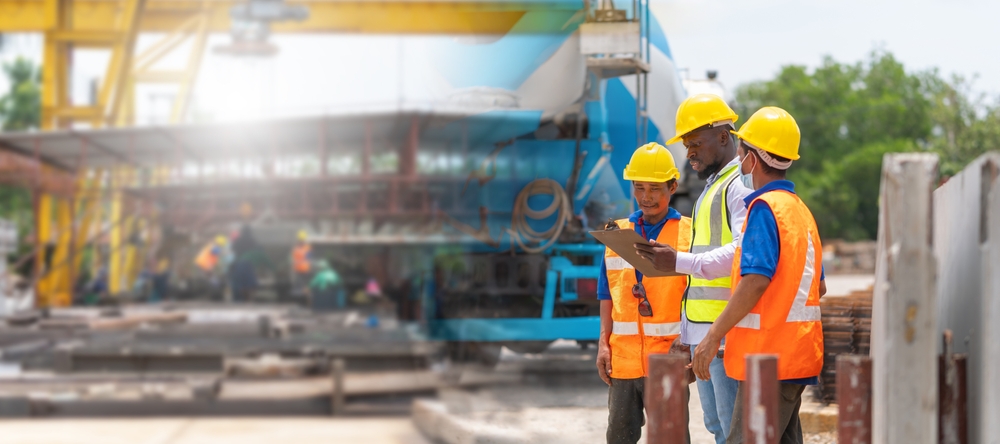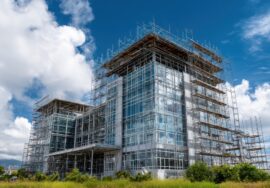Climate-Resilient Infrastructure: Building a Sustainable Future
Climate-Resilient Infrastructure: Building a Sustainable Future
Introduction
As climate change intensifies, cities and communities must adopt climate-resilient infrastructure to mitigate risks from extreme weather events. Sustainable urban planning and innovative engineering solutions are essential to ensure long-term environmental and economic stability.
Key Components of Climate-Resilient Infrastructure
1. Flood and Stormwater Management
- Green Infrastructure: Rain gardens, bioswales, and wetlands to absorb excess water.
- Permeable Pavements: Enhancing groundwater recharge and reducing urban flooding.
- Smart Drainage Systems: Implementing AI-driven flood monitoring and response mechanisms.
2. Renewable Energy and Energy Efficiency
- Decentralized Energy Systems: Promoting microgrids and solar panel integration.
- Energy-Efficient Buildings: Implementing passive design and green roofs.
- Smart Grids: Enhancing electricity distribution and resilience against power outages.
3. Sustainable Transportation Solutions
- Public Transit Investments: Expanding low-carbon transport networks.
- Electric Vehicle (EV) Infrastructure: Encouraging the use of EVs with widespread charging stations.
- Bicycle and Pedestrian Pathways: Reducing carbon emissions through non-motorized transport.
Benefits of Climate-Resilient Infrastructure
- Enhanced Disaster Preparedness: Reducing vulnerability to extreme weather conditions.
- Economic Sustainability: Lowering long-term infrastructure repair and maintenance costs.
- Environmental Conservation: Reducing carbon footprints and protecting biodiversity.
- Improved Public Health: Mitigating pollution and enhancing urban livability.

Challenges and Future Outlook
While the adoption of climate-resilient infrastructure is vital, financial constraints, policy gaps, and technological limitations pose challenges. Governments and private sectors must collaborate to develop sustainable funding models and regulatory frameworks.
For expert guidance on climate-resilient infrastructure, contact us today.
Conclusion
Climate-Resilient Infrastructure is crucial for safeguarding cities against climate change. Through smart planning, renewable energy, and sustainable design, urban areas can thrive while minimizing environmental impacts.
External References:
Construction Industry in India
- One of India’s largest construction and engineering companies, Campus Construction Cost Optimization provides services including project management, cost control, and engineering consultancy. For detailed information on their offerings, visit. Construction Industry in India
Read more related articles to enhance your knowledge and make informed decisions
10 Essential Steps in the Building Construction Process
How to Choose the Right Materials for Your Construction Project









